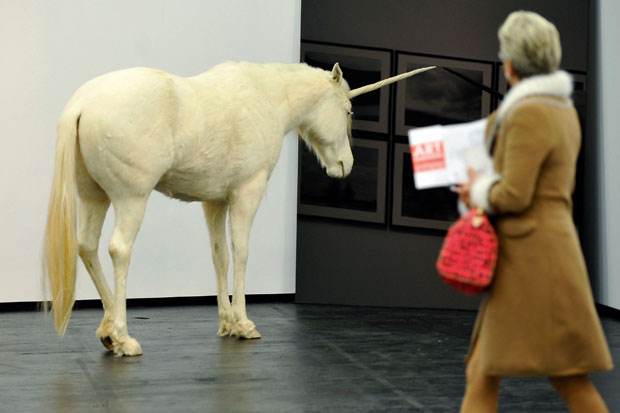In 1967, two Cologne-based gallerists came up with the Cologne Art Market — a trade fair where German galleries could set up temporary gallery-style spaces for a few days to showcase their stock. The following year, three dealers in Basel copied the idea but opened up their event to international galleries. For years these two art fairs were discrete yearly shows which were in the background to far more visible gallery exhibitions, museum shows and biennials.
Today there are hundreds of art fairs, with an explosion of these in the last few years. Last December 18 different art fairs took place in the same week in Miami alone. There are nine art fairs in New York this week. Next week there are art fairs in Hong Kong, San Francisco and Athens. Major gallerists end up doing more than ten fairs a year. Art fairs have become the favoured location for people to look at and buy contemporary art. Conversely, commercial gallery exhibitions seem to be on the wane, with gallerists outside the very top tier (David Zwirner, White Cube and so on) reporting fewer visitors and a shift towards doing most of their business at fairs.
There is some scepticism from art world insiders about this. The Art Newspaper and Financial Times writer Georgina Adam coined the term ‘fairtigue’ to describe her reaction to the ever-growing roster of fairs. Curators tend to be sniffy about fairs and artists always profess to hate them. And yet there is something appealing about being able to look at gallery presentations without having to press a buzzer of a gallery and negotiate the frosty stares of front-desk staff. Fairs even out the power structure that dealers in their galleries enjoy, where gallerists sit in their office and scrutinise whether you are important enough for them to grace you with their presence.








Comments
Join the debate for just £1 a month
Be part of the conversation with other Spectator readers by getting your first three months for £3.
UNLOCK ACCESS Just £1 a monthAlready a subscriber? Log in